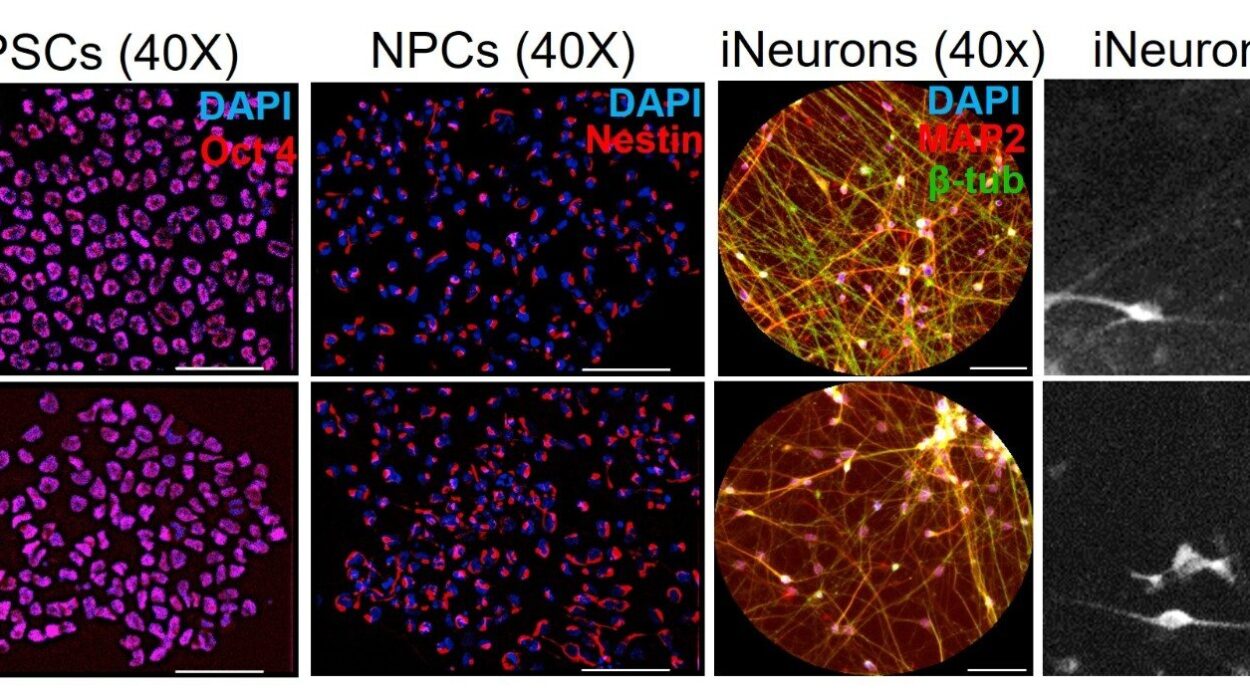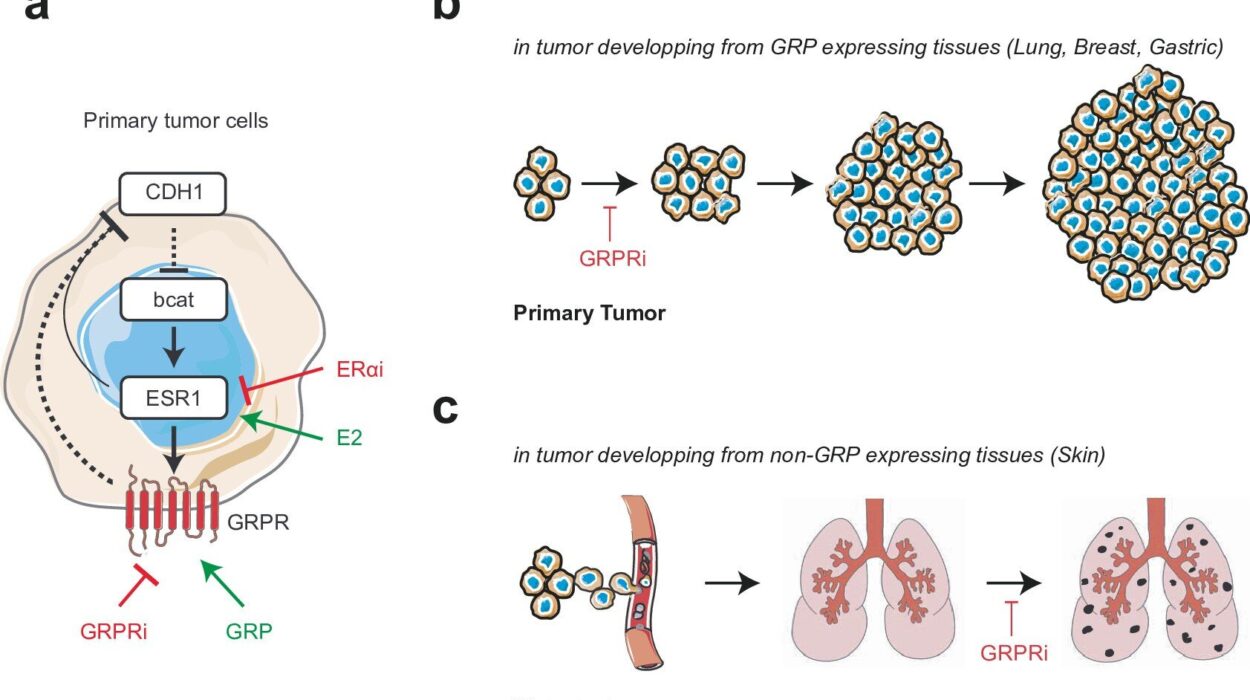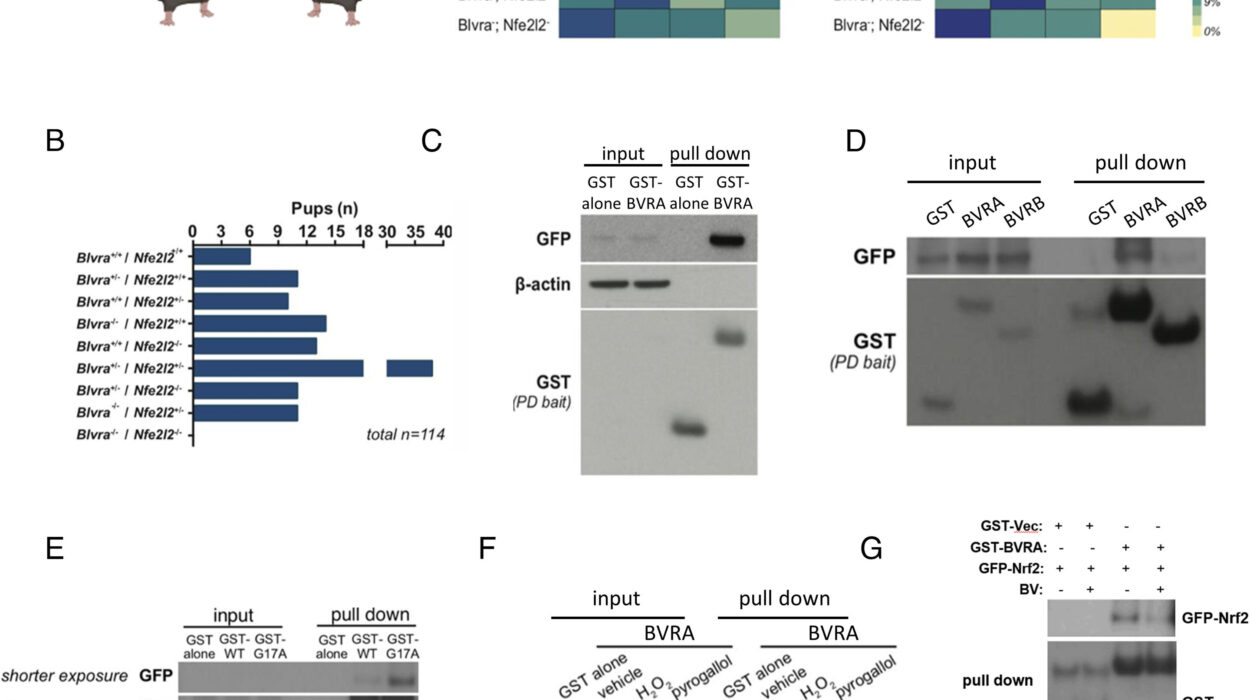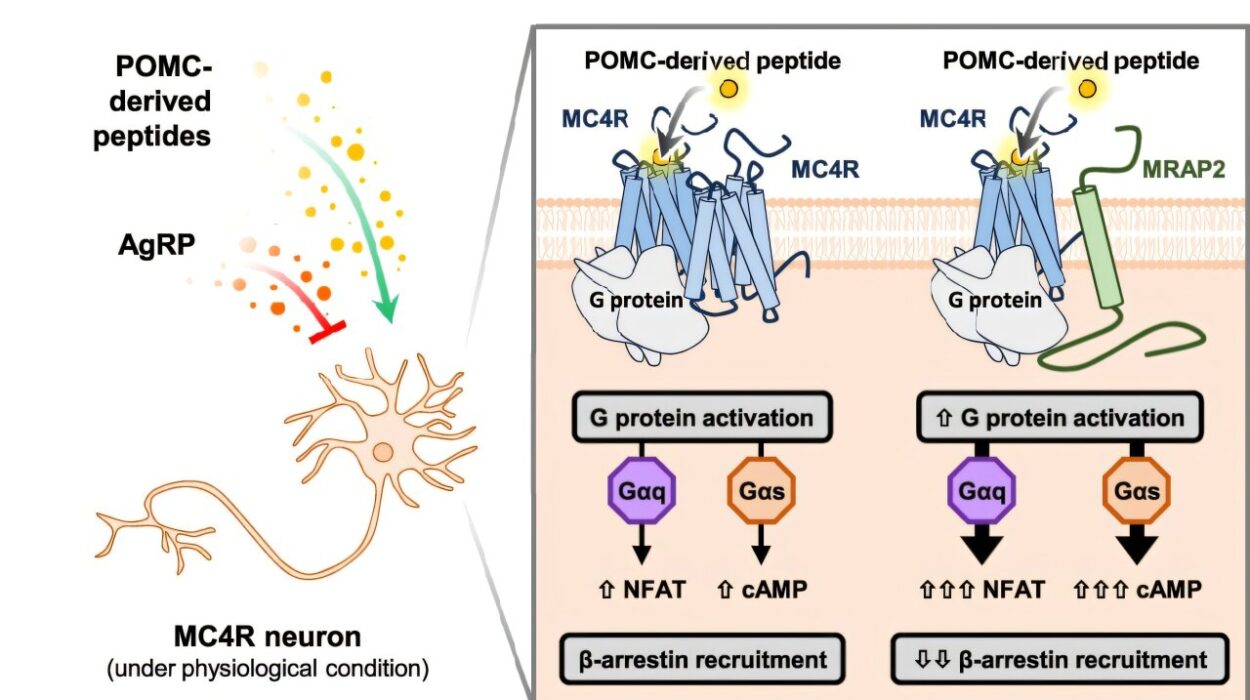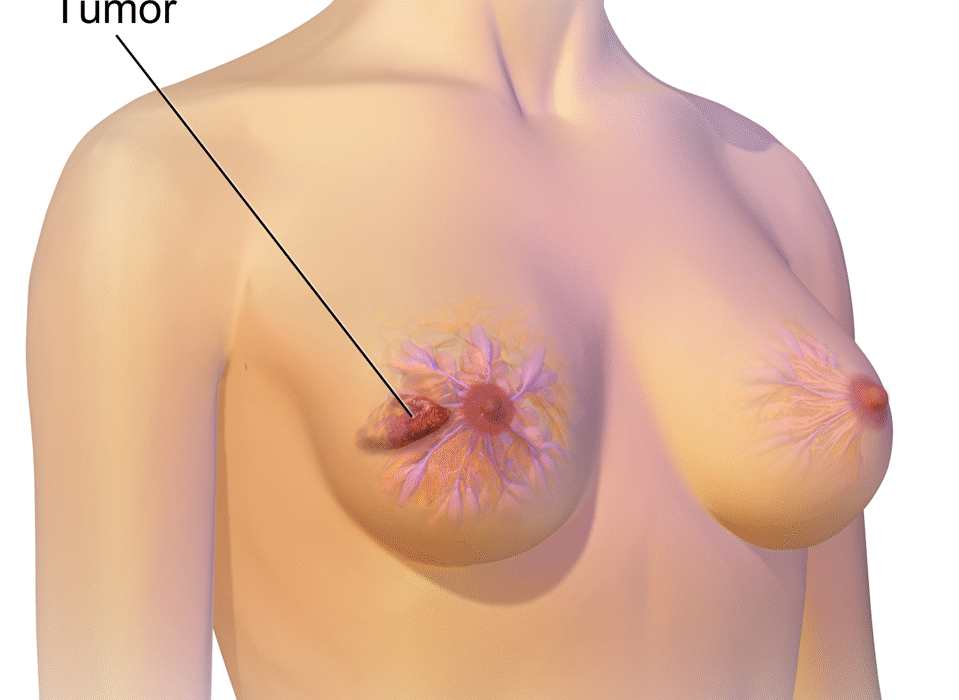Hormones are the invisible conductors of the human body’s symphony. They regulate everything from metabolism to mood, sleep to sex drive, and temperature to tissue repair. When they’re in harmony, we don’t think twice. But when they start to misfire—particularly during menopause or due to other hormonal disorders—the shift can feel like a slow-motion earthquake rumbling through your entire body.
That’s where Hormone Replacement Therapy (HRT) enters the scene. For some, it’s a miracle, a lifeline tossed into the sea of hot flashes, sleepless nights, thinning bones, and evaporating libido. For others, it raises questions and eyebrows—about risks, cancer, side effects, and long-term implications.
HRT isn’t just a treatment; it’s a topic tangled with decades of medical research, changing recommendations, cultural narratives, personal fears, and social stigma. So let’s strip away the myths, examine the evidence, and unpack the pros and cons of this controversial and fascinating therapy.
What Is Hormone Replacement Therapy, Really?
At its core, hormone replacement therapy is exactly what it sounds like: replacing hormones that your body no longer produces at sufficient levels. Most often, this refers to estrogen and progesterone in women going through menopause, though testosterone and other hormones can also be part of the mix.
There are two main types of HRT: Estrogen-only therapy (ET) and Combined estrogen-progestogen therapy (EPT). Estrogen therapy is typically prescribed for women who have had a hysterectomy (removal of the uterus), while combined therapy is used for women with an intact uterus to prevent estrogen from overstimulating the uterine lining, which could lead to cancer.
These hormones can be delivered through pills, patches, creams, gels, injections, or vaginal rings. The choice of method depends on symptoms, health status, convenience, and individual preference.
HRT is most commonly associated with menopause, but it’s also used in other contexts—such as for transgender individuals as part of gender-affirming care, or for younger women experiencing premature ovarian insufficiency (POI) or early menopause, whether due to genetics, surgery, or cancer treatments.
But what makes HRT both powerful and polarizing is not just what it treats—but how it interacts with nearly every system in the body.
The Rollercoaster of Menopause and the Promise of Relief
To understand HRT’s benefits, one must first appreciate the profound changes that menopause brings. Menopause isn’t simply the cessation of periods; it’s a neuroendocrine event that reprograms the entire hormonal landscape. Estrogen levels don’t just dip—they plummet. And with that fall comes a cascade of symptoms: hot flashes, night sweats, insomnia, anxiety, depression, vaginal dryness, painful sex, brain fog, and more.
For many women, these symptoms are more than an inconvenience—they’re life-altering. They affect relationships, work productivity, self-esteem, and overall quality of life. While some women transition through menopause with barely a hiccup, others feel like their body has become a stranger.
HRT can offer dramatic relief. For hot flashes and night sweats, it’s considered the most effective treatment available. Within days or weeks, many women report better sleep, a clearer mind, improved mood, and a renewed sense of well-being.
Estrogen therapy also restores vaginal tissue, making intimacy more comfortable and reducing urinary tract issues. For women plagued by recurrent infections, painful intercourse, or urinary urgency, this alone can be life-changing.
Beyond symptom relief, HRT can help preserve bone density, reducing the risk of osteoporosis and fractures. Given that postmenopausal women are at a high risk for bone thinning, this protective effect is not trivial. Estrogen also appears to have positive effects on skin elasticity, joint health, and perhaps even cognition, although these benefits are still being studied.
When initiated at the right time—in the early stages of menopause and in otherwise healthy women—HRT can restore quality of life in profound ways. But it’s not all roses and relief.
The Shadows of Risk: Unpacking the Controversies
If HRT is so effective, why is it viewed with so much suspicion? The answer lies, in part, with the Women’s Health Initiative (WHI)—a massive U.S. study launched in the 1990s that was intended to clarify HRT’s long-term benefits and risks.
In 2002, the WHI released preliminary findings suggesting that combined estrogen-progestin therapy increased the risk of breast cancer, heart disease, stroke, and blood clots. The study was halted early, and the media exploded with headlines warning women to abandon HRT immediately.
The fallout was swift and dramatic. Millions of women discontinued HRT overnight. Doctors stopped prescribing it. Menopausal women were left adrift, told to “tough it out” with herbal teas and yoga poses.
But over time, the WHI findings were re-examined—and the picture became far more nuanced. The increased risks were not uniform across all ages and health profiles. In fact, younger women (under age 60 or within 10 years of menopause) who used HRT had a much lower risk of adverse outcomes than older women who began therapy later.
Moreover, the increased risk of breast cancer, while real, was relatively small—comparable to the risk associated with drinking one glass of wine per day or being overweight. The type of hormone used also mattered: synthetic progestins carried more risk than natural, bioidentical progesterone. And estrogen-only therapy, in women without a uterus, did not show an increased risk of breast cancer at all in the WHI study—in fact, it showed a decreased risk in some analyses.
Still, the legacy of the WHI lingers. Many doctors remain cautious, and many women are confused, scared, or misinformed. HRT can be life-enhancing, but it is not without risk. Those risks need to be evaluated carefully, not just based on age and family history, but also considering personal values and lifestyle.
Individualized Medicine: No One-Size-Fits-All
Perhaps the most important shift in recent years has been the move toward personalized hormone therapy. Gone are the days when all menopausal women were given the same pill in the same dose. Today, HRT can be tailored to fit a woman’s specific symptoms, risk factors, and preferences.
Some women benefit from low-dose vaginal estrogen, which acts locally and has minimal systemic absorption—ideal for those with urogenital symptoms but not interested in full-body hormone therapy. Others might prefer a transdermal patch or gel, which bypasses the liver and may reduce the risk of blood clots compared to oral forms.
Timing is critical, too. Starting HRT close to menopause appears to carry fewer cardiovascular risks than starting it later. The “timing hypothesis” suggests that estrogen has protective effects on younger blood vessels but may be less beneficial—or even harmful—when initiated in older women with existing atherosclerosis.
Your genetic makeup, breast density, clotting tendencies, and even gut microbiome may influence how your body responds to hormone therapy. That’s why a conversation about HRT should never be a one-and-done prescription—it should be an ongoing dialogue, ideally with a provider well-versed in the subtleties of menopausal medicine.
The Rise of Bioidentical Hormones and Compounding Pharmacies
The term “bioidentical hormones” has gained popularity in recent decades, often touted as a safer, more “natural” alternative to conventional HRT. Bioidentical hormones are chemically identical to the hormones produced in the human body, typically derived from plant sources such as yams or soy.
Some bioidentical hormones are FDA-approved and manufactured under strict quality controls, available in standard doses via prescription. Others are custom-compounded by specialty pharmacies, mixed into personalized creams, lozenges, or troches.
Advocates claim that compounded bioidentical hormones are better tolerated, more effective, and associated with fewer side effects. However, scientific evidence remains limited, and compounded products are not regulated or tested by the FDA, raising concerns about consistency, potency, and safety.
Still, many women report feeling better on bioidentical regimens, and for those who don’t tolerate synthetic hormones well, this can be a valuable option—if done under the guidance of a knowledgeable practitioner.
The Silent Symptom: Brain Health and Cognition
One of the most anxiety-inducing aspects of menopause is the creeping feeling of cognitive decline. Women often describe it as “brain fog”—difficulty concentrating, forgetting names, losing train of thought. It’s subtle, but distressing.
Estrogen plays a major role in neuroprotection, influencing everything from memory formation to synaptic plasticity. Some studies have suggested that starting HRT around menopause may protect against Alzheimer’s disease, while other trials have shown mixed results.
Here again, timing seems to matter. Starting HRT early may confer protection; starting it late—particularly after age 65—does not appear to help and may even pose risks.
The role of hormones in brain health is one of the most promising and least understood frontiers in medicine. While we don’t have definitive answers yet, it’s clear that for some women, HRT may do more than ease hot flashes—it may preserve mental clarity and cognitive resilience.
Testosterone Therapy for Women: The Forgotten Hormone
While estrogen and progesterone get most of the attention, testosterone also plays a role in women’s health. Produced in smaller amounts in women than in men, testosterone influences libido, energy, mood, and even muscle mass.
After menopause, testosterone levels decline, and for some women, that means a significant dip in sexual desire and satisfaction. In recent years, low-dose testosterone therapy has been used off-label to treat female sexual interest/arousal disorder—with promising results.
Although no testosterone products are specifically approved for women in many countries, guidelines suggest that careful use under supervision can be effective and safe for certain women.
It’s not for everyone, but for those who miss the vitality and intimacy that waned with their hormones, testosterone might be the missing piece of the puzzle.
HRT in Transgender and Nonbinary Care
Hormone replacement isn’t only for cisgender women navigating menopause. For transgender and nonbinary individuals, gender-affirming hormone therapy is a cornerstone of transition and identity.
For transgender women, this often includes estrogen and anti-androgens to feminize the body. For transgender men, it includes testosterone to induce masculinizing changes. These therapies are medically necessary and improve mental health, reduce gender dysphoria, and enhance quality of life.
While the goals of therapy differ, the need for individualized care, informed consent, and ongoing monitoring remains just as important. Hormones are powerful tools, and using them responsibly requires medical expertise and compassionate understanding.
So, Is HRT Right for You?
The decision to start hormone replacement therapy is deeply personal and medically complex. For some, the benefits far outweigh the risks. For others, non-hormonal alternatives may be the better path.
It depends on your symptoms, age, family history, risk tolerance, and health priorities. Are you struggling to sleep through the night? Is sex painful or absent from your life? Are you worried about your bones or brain as you age? Or are you more concerned about cancer risk and prefer to manage symptoms differently?
There are no easy answers, but there are many options. And the conversation is shifting—from fear and shame to empowerment and choice.
The Future of Hormone Therapy
As science evolves, so does hormone therapy. Researchers are exploring newer forms of estrogen that may carry fewer risks, novel delivery systems that target tissues more precisely, and combination therapies that pair hormones with other agents for enhanced safety.
Artificial intelligence and genetic testing may someday help predict how an individual will respond to specific hormones. Precision medicine is on the horizon—and with it, the hope that HRT will become safer, smarter, and more accessible.
In the meantime, the best approach is one rooted in evidence, dialogue, and self-awareness. Ask questions. Read studies. Listen to your body. Talk to your doctor—or find one who listens without judgment.
Hormones may be subtle, but their effects are profound. And so is your right to understand them.


